Premium Only Content

Adorable Lumpsucker Fish- He Swims Like a Bumblebee
Meet the Pacific Spiny Lumpsucker. Lumpsuckers are named appropriately enough; their chubby bodies are nearly spherical with generally drab coloration and stone like patterns. The "sucker" part refers to the fish's modified pelvic fins, which have evolved into adhesive discs which they use to adhere to the kelp or materials they decide to rest on when not swimming.
These PACIFIC SPINY LUMPSUCKERS generally grow to around 1 inch long, not much more .
Members of this species can be found to depths of 5600 feet, quite amazing.
Other than looking like swollen eyeballs… with eyeballs… lumpsuckers have some pretty strange things going on. For one, they’re pretty awful swimmers, thanks to their round bodies and tiny fins, and when disturbed they tend to flap around aimlessly in different directions. Which is not how escape generally happens. As newly hatched larvae they are surprisingly well developed, equipped with a fully functional mouth and well-developed digestive system. This allows them to begin feeding on tiny crustaceans and fish just 10 days after hatching.
During the first year of their lives, these juveniles spend most of their time around algae clumps, either floating free or attaching themselves to the algae using their sucker discs. Then they’ll progress to pelagic habitats in the open ocean closer to the surface - which is kind of the opposite of what most fish tend to do. As adults, they'll spend much of the rest of their lives in the open ocean, the females ending up significantly larger than the males, and significantly less interested in parental obligations.In fact, the males pretty much do all the parenting.
During breeding season, lumpsucker males and females migrate inshore to meet and spawn. The males will arrive before the females so they have enough time to prepare a suitable nest, usually in a bedrock crevice or a depression in the sea floor. Once the females arrive, carrying around 100,000 to 350,000 eggs each, they’ll deposit a batch in the nest of their choice and leave.
How’s this for being a good father ?
-
 0:59
0:59
ViralHog
4 years agoAdorable Bat Doesn't Like Buddy's Wing Flaps
137 -
 0:16
0:16
AlexVideographer
3 years agoBumblebee in
31 -
 0:24
0:24
Frithbjorn
3 years ago $0.01 earnedAdorable puppy sleeping
3125 -
 0:21
0:21
porky9979
3 years ago $0.02 earnedAdorable puppy playing
2141 -
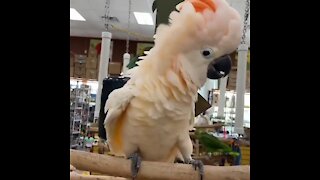 0:32
0:32
Vídeos Virais
4 years ago $0.02 earnedAdorable cute
1733 -
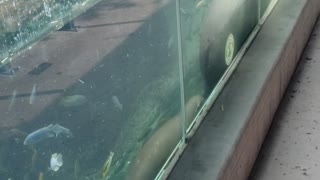 0:13
0:13
ImitatorDei
3 years ago $0.03 earnedAdorable Pygmy Hippo
195 -
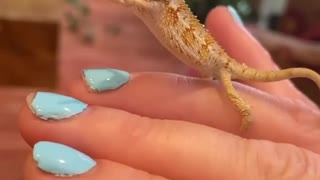 0:56
0:56
Vídeos Virais
4 years ago $0.01 earnedAdorable baby - NewsVirais
118 -
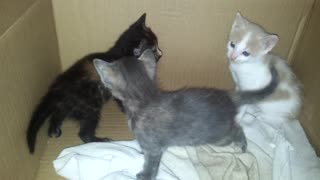 0:30
0:30
Innovafilms
3 years ago $0.06 earnedAdorable little cats
990 -
 0:41
0:41
Nano22
3 years agoAdorable kitten with mom
71 -
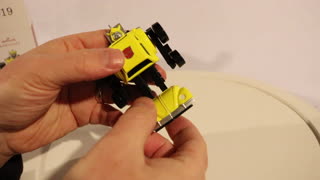 5:08
5:08
The Kaz
3 years ago2019 Bumblebee Keepsake Ornament
45